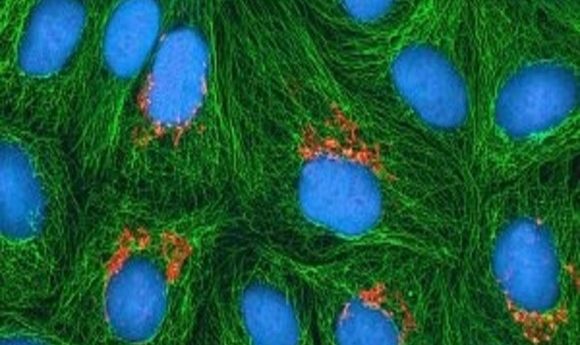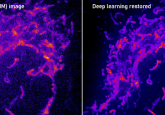On the quest to immortality: how close can humans get?

From immortal cell lines to artificial intelligence, how can we define immortality and just how close can humans get?
What is immortality?
The Oxford dictionary defines immortality as “the ability to live forever; eternal life.” But, how should this be interpreted and what does it mean to be immortal? If we define this as immortality in a physical sense, immortal cell lines do already exist. This is not to say humans as physical beings could become immortal. If we were to look at immortality as our thoughts, personalities and ideas living on, there are currently initiatives at work that aim to have this in some form by 2045.
Immortal cells are divided into two kinds; embryonic stem cells and cancer cells. Immortality in cancer cells is related to telomere shortening. Telomeres are the section of non-coding DNA at the end of a chromosome that the primer for DNA replication attaches to. As the new DNA strand is built up from this primer, its telomere will be shorter. As normal cells continue to divide, telomeres will become shorter until, eventually, there is no more telomere left.
When this happens replication will then result in missing parts of coding sequences, which the cell will treat as DNA damage and lead to senescence and cell death. This is one of the factors that contributes to the aging process and leads to a finite life span.
Cancer cells overcome this issue by containing the enzyme telomerase, which synthesizes telomeres, meaning they do not have the issue of telomere shortening. Embryonic stem cells are also considered to be immortal, as they do not age, can proliferate indefinitely and can form any tissue of the organism.
-
Fisetin: a drug to combat the aging process?
-
Predicting memory loss in old age
-
The fountain of youth
The origin of HeLa cells
While not the first immortal cell line – there were immortal mice cell lines long before human ones – the HeLa cell line is the oldest and most commonly utilized immortal human cell line.
It is named after its cell donor – a tobacco farmer named Henrietta Lacks, who was diagnosed with cervical cancer in the 1950s. Scientists at Johns Hopkins Hospital (MD, USA) took a biopsy of her cancerous cervical tumor on February 8 1951, and later cell biologist George Otto Gey discovered that he was able to keep the cells alive. He then isolated one specific cell, multiplied it and developed a cell line.
Prior to this, cultured human cells would only last a couple of days. Since then, HeLa cells have been utilized in the development of a vaccine for polio in 1952, were the first human cells to be successfully cloned in 1953 and scientists have grown an estimated 50 tons of them. It is also thought that up to approximately 20% of other cell lines could be contaminated by HeLa cells due to their exceptional hardiness.
Lacks and her family were completely unaware of this scientific breakthrough until years later. Though an important milestone in medical research, this also highlighted an important bioethics issue. The scientists did not ask for permission before extracting Lacks’ cells nor did they explain to her children the reasons why they would proceed to sample their blood at many different occasions over a number of years.
Whole brain emulation
From immortal cells to immortal beings; whole brain emulation, or mind transfer, is something you may have heard horror stories about. With Russian billionaire Dmitry Itskov’s 2045 Initiative to achieve immortality by uploading his brain to a computer, it may seem like something that will be possible over the coming decades.
“Within the next 30 years, I am going to make sure that we can all live forever. I’m 100% confident it will happen. Otherwise I wouldn’t have started it,” commented Itskov.
The end goal of the initiative, which is projected by 2045, is to create hologram-like avatars with the ‘uploaded’ minds of humans that have passed away. This may seem like science fiction, and thus far it is, as much of the scientific discoveries this relies upon are not even close to becoming a reality yet.
One of the scientific discoveries this project relies upon is a complete map of the human brain, including the positions and interactions of all ~100 billion neurons. It is the belief of some neuroscientists that if the brain and all of its sensory inputs and outputs could be approached as if it were a computer, Itskov’s goal to transfer an individual’s personality into a new non-living entity, may be possible.
“All of the evidence seems to say in theory it’s possible – it’s extremely difficult, but it’s possible,” explained Randal Koene, formerly a professor at the Center for Memory and Brain of Boston University (MA, USA). “So then you could say someone like that is visionary, but no mad because that implies you’re thinking of something that’s just impossible, and that’s not the case.”
Even if our individual immortality were possible in the future, there are many reasons why this might be negative for humankind. Those reasons include a decreased genetic variability, a risk of extinction due to the limited timeframe of fertile females and human reproduction as well as many social, cultural, historical and economic issues that would inevitably arise if people had the ability to live forever.





